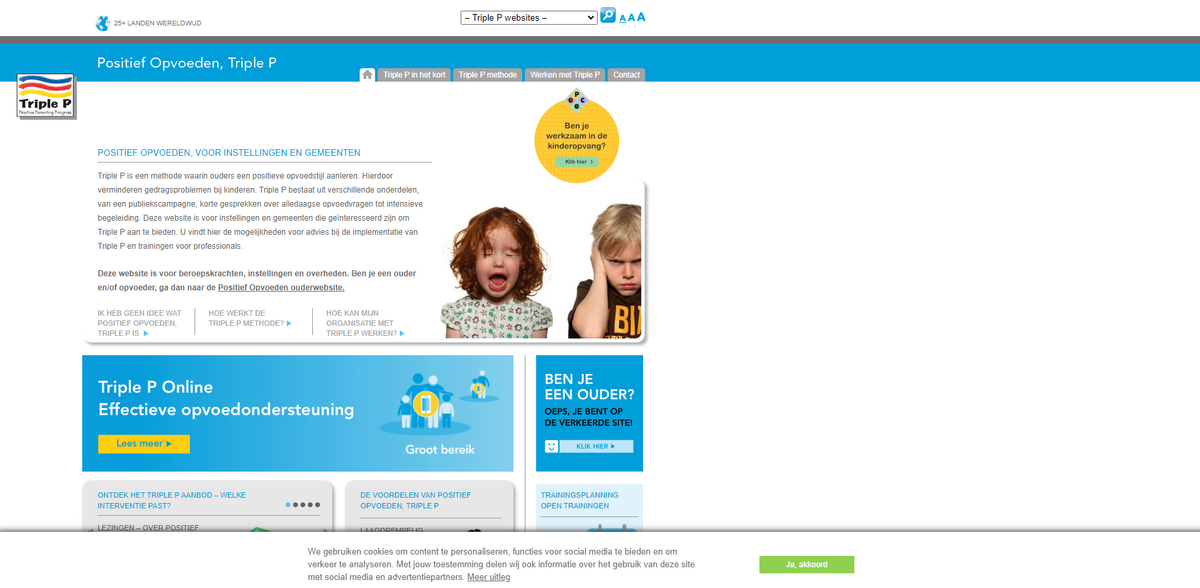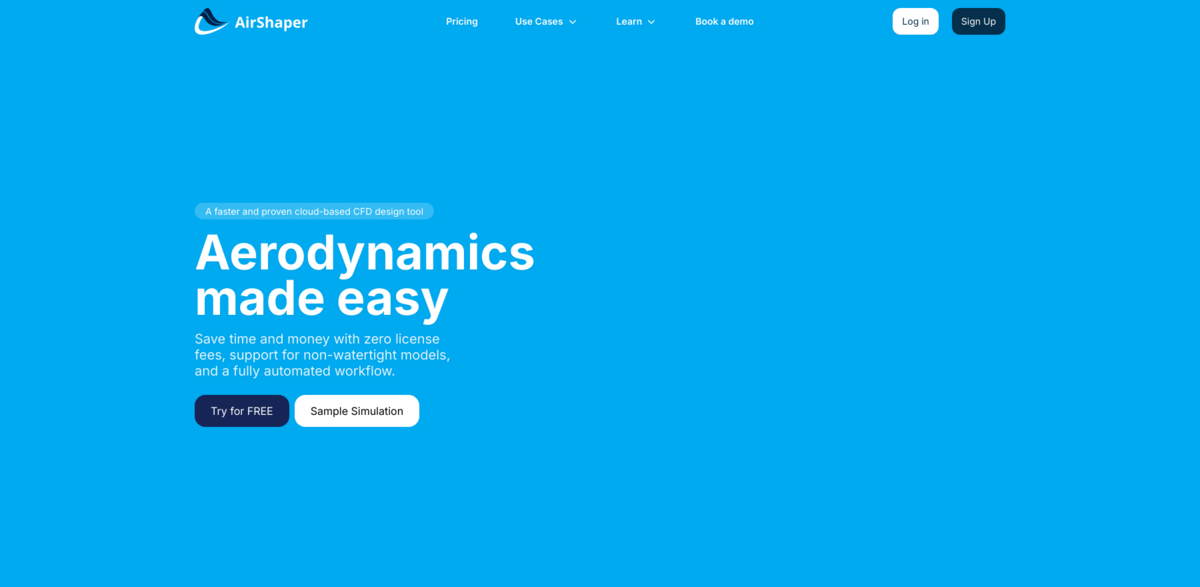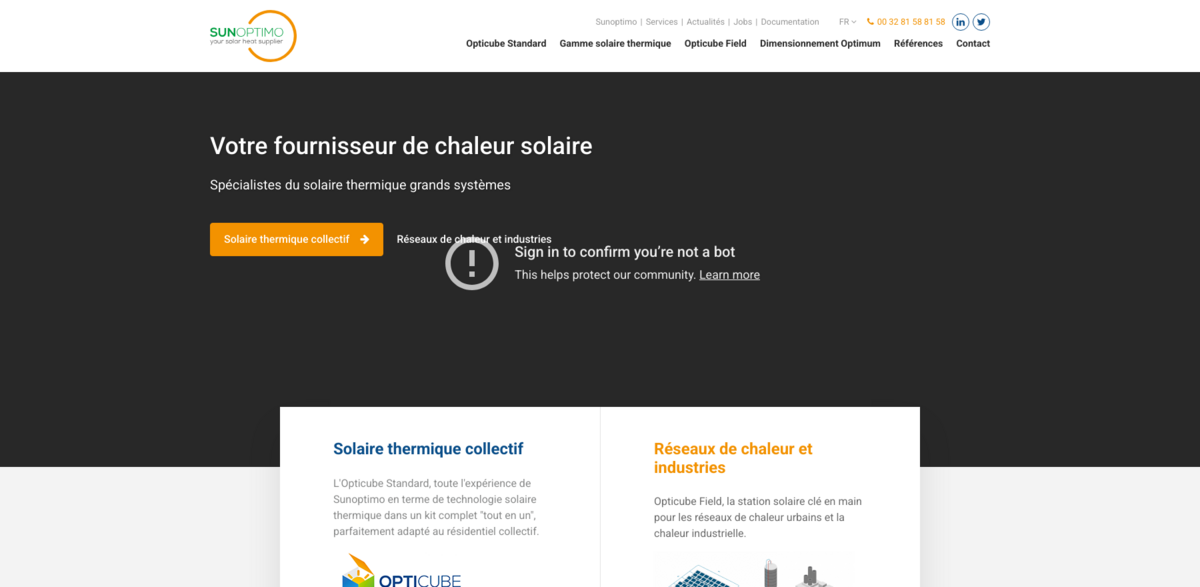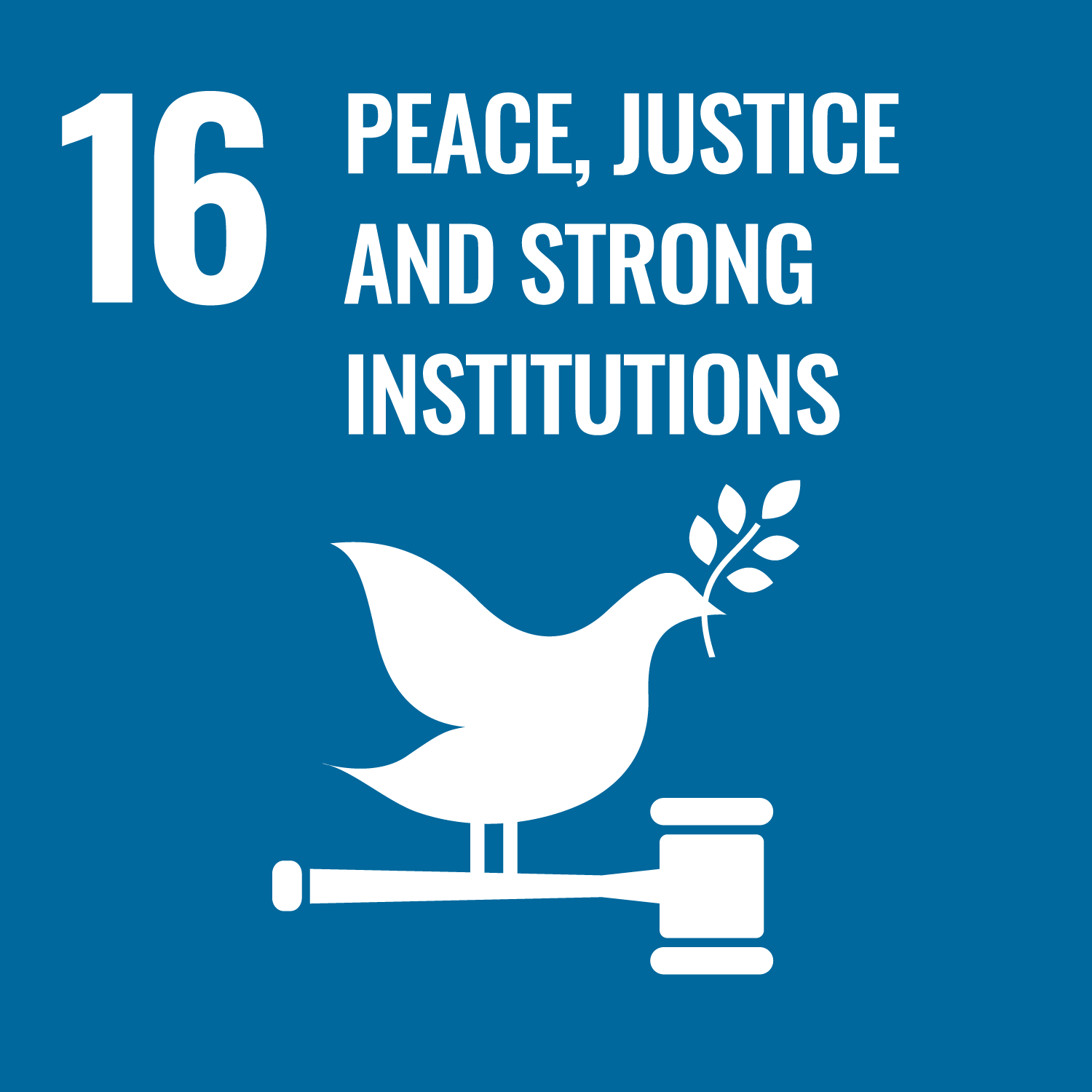Understanding Triple P
Triple P, or the Positive Parenting Program, is a method designed to help parents learn effective parenting skills. This program aims to reduce emotional and behavioral problems in children. It offers various components, from public campaigns to intensive guidance for larger parenting issues. This article will explore the benefits of Triple P, its structure, and how it aligns with sustainable development goals.
- Reduces behavioral problems in children
- Enhances parenting skills and confidence
- Promotes positive parent-child relationships
- Accessible to various institutions and municipalities
- Evidence-based program with proven effectiveness
Components of Triple P
Triple P is not just a program; it’s a comprehensive approach to parenting. It helps parents understand their children’s behavior and teaches them how to respond positively. The program is structured into five levels, each tailored to meet different needs. From general information sessions to intensive support for serious behavioral issues, Triple P covers it all. This flexibility makes it suitable for a wide range of families and situations.
The program consists of several components. These include public campaigns to raise awareness about positive parenting, short consultations for minor issues, workshops for skill development, and group sessions for more serious problems. Each component is designed to empower parents with the tools they need to foster a nurturing environment for their children. The Stepping Stones module specifically addresses the needs of parents with children who have ADHD, autism, or intellectual disabilities.
Benefits of Positive Parenting
Triple P has numerous benefits. It not only reduces behavioral problems in children but also enhances the overall parenting experience. Parents who participate in the program report feeling more competent and satisfied with their parenting style. The program encourages parents to ask questions and seek help early, preventing larger issues from developing. This proactive approach is crucial in building a supportive community for families.
Implementation and Training
For institutions and municipalities interested in offering Triple P, the website provides extensive resources. It includes background information, implementation advice, and an overview of training courses for professionals. Training ensures that those delivering the program are well-equipped to support parents effectively. This structured approach promotes consistency and quality across different settings.
Linking Triple P to Sustainable Development Goals
Triple P aligns with several of the United Nations Sustainable Development Goals (SDGs). By promoting positive parenting, it contributes to the well-being of children and families, which is essential for sustainable communities. The program fosters social cohesion and supports mental health, addressing issues that are critical for sustainable development.
- Goal 3: Good Health and Well-being
- Goal 4: Quality Education
- Goal 5: Gender Equality
- Goal 10: Reduced Inequalities
- Goal 16: Peace, Justice, and Strong Institutions
Conclusion
In conclusion, Triple P is a valuable resource for parents and professionals alike. It provides practical skills and support to foster positive parenting, ultimately benefiting children and communities. For more information, visit Triple P’s official website.





















